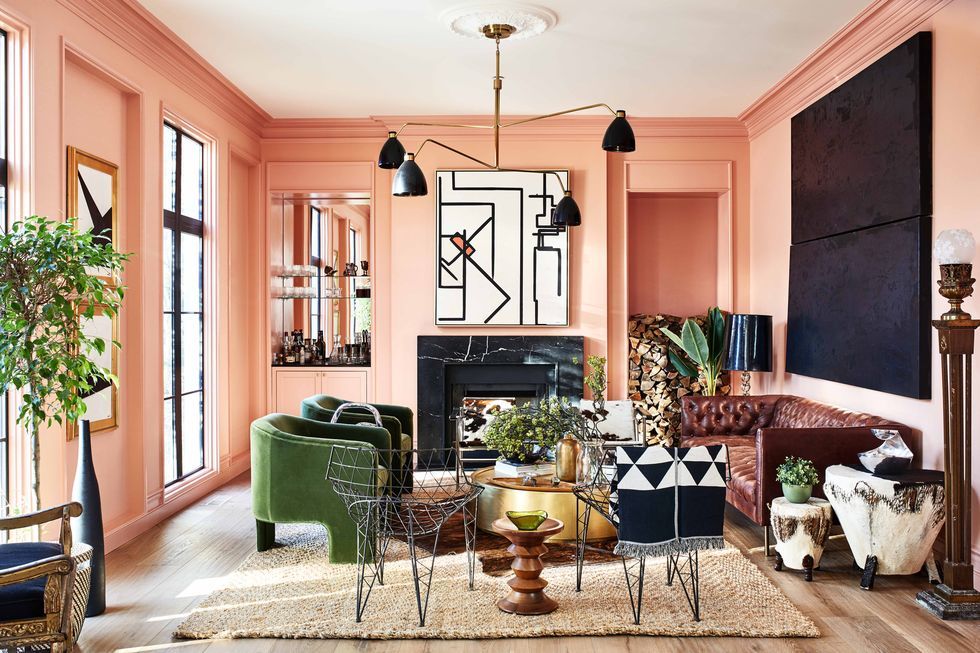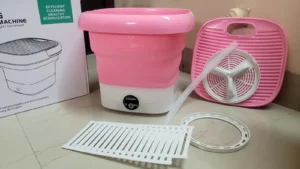Best Paint for Walls: A Comprehensive Guide to Choosing the Perfect Paint for Your Home?

When it comes to enhancing the look and feel of your home, one of the most effective and affordable ways is by choosing the best paint for walls. Whether you’re aiming to refresh a single room or repaint your entire house, selecting the right paint is crucial for achieving a beautiful and lasting result. With so many options available, finding the ideal paint for your needs can feel overwhelming. In this guide, we’ll explore the factors that influence your choice, review different types of paint, and give you all the information you need to pick the best paint for your walls.
Understanding the Different Types of Paint for Walls
The first step in choosing the best paint for walls is understanding the different types of paint available. Paint formulations vary based on the material used, the finish they produce, and their intended use. The three main categories of wall paint are water-based, oil-based, and speciality paints. Let’s take a closer look at each one.
- Water-Based Paint (Latex or Acrylic Paint)
Water-based paints are the most common choice for interior walls. These paints are made with acrylic or latex resins and are thinned with water. They dry quickly and have low levels of volatile organic compounds (VOCs), making them a more eco-friendly option. Water-based paints are easy to clean up with soap and water, which is a significant advantage over oil-based paints.
- Best for: Most interior wall surfaces, including bedrooms, living rooms, and hallways.
- Advantages: Fast drying, low odour, easy cleanup, durable.
- Disadvantages: Not as durable as oil-based paints in high-traffic areas or areas prone to moisture.
- Oil-Based Paint
Oil-based paints are known for their smooth finish and exceptional durability. They dry slower than water-based paints, which can give you more time to work with the paint and achieve an even coat. Oil-based paints are particularly resistant to stains, moisture, and wear, making them ideal for areas that require extra durability, such as kitchens, bathrooms, and trim work.
- Best for: Trim, doors, cabinets, and high-moisture areas like bathrooms and kitchens.
- Advantages: Durable, smooth finish, resistant to moisture and stains.
- Disadvantages: Longer drying time, stronger odour, more difficult to clean (requires solvents).
- Specialty Paints
There are also speciality paints designed for specific applications. These include paints that are mould and mildew-resistant, washable, chalkboard paint, and even paints that have added texture for visual effects. Speciality paints often offer unique benefits and finishes that regular paint can’t provide.
- Best for: Specific needs like bathrooms, kitchens, and artistic or decorative finishes.
- Advantages: Tailored for special applications, and unique finishes.
- Disadvantages: Can be more expensive and may require specific application techniques.
Choosing the Best Paint Finish for Walls
In addition to the type of paint, the finish of the paint is also an important consideration. The finish of your paint determines the appearance of the wall, as well as its ability to withstand wear and tear. The five most common paint finishes for walls are:
- Flat or Matte Finish
A flat or matte finish provides a non-reflective, smooth surface that absorbs light. This finish hides imperfections in the wall and is ideal for rooms with low traffic or areas where you don’t want glare from artificial lighting.
- Best for Bedrooms, ceilings, and living rooms with low traffic.
- Advantages: Hides imperfections, no glare.
- Disadvantages: Can be difficult to clean, and less durable in high-traffic areas.
- Eggshell Finish
An eggshell finish has a soft sheen, similar to the surface of an eggshell, and is more durable than a flat finish. It offers a slight shine but doesn’t reflect too much light, making it a popular choice for living rooms and hallways.
- Best for: Living rooms, dining rooms, and hallways.
- Advantages: Durable, easy to clean, subtle sheen.
- Disadvantages: May still show marks or fingerprints in high-traffic areas.
- Satin Finish
Satin finishes offer a noticeable sheen, giving your walls a soft glow. This finish is ideal for areas that need to withstand more wear, like kitchens and bathrooms, but it’s still subtle enough for living areas.
- Best for: Kitchens, bathrooms, and children’s rooms.
- Advantages: Durable, easy to clean, subtle shine.
- Disadvantages: May highlight wall imperfections.
- Semi-Gloss Finish
Semi-gloss finishes are highly reflective and are great for high-traffic areas or rooms that require extra durability, such as kitchens, bathrooms, and trim work. This finish can stand up to frequent cleaning and even some scrubbing.
- Best for: Trim, doors, cabinets, kitchens, and bathrooms.
- Advantages: Durable, easy to clean, moisture-resistant.
- Disadvantages: Can highlight imperfections on walls.
- High-Gloss Finish
High-gloss paints provide a shiny, mirror-like finish and are often used for accent pieces like trim, mouldings, and doors. While they are extremely durable and easy to clean, they can highlight every imperfection on the wall.
- Best for: Trim, doors, cabinets, and accent features.
- Advantages: Very durable, easy to clean, shiny finish.
- Disadvantages: Highlights imperfections, not ideal for large wall surfaces.
Factors to Consider When Choosing the Best Paint for Walls
Now that we’ve covered the types and finishes of paint, let’s look at some important factors to consider when choosing the best paint for your walls.
- Room Function and Traffic Level
Consider how much traffic a room gets and how often it’s used. For example, high-traffic areas like hallways or kitchens will require a more durable paint with a finish that can withstand frequent cleaning. Conversely, rooms with less traffic, such as bedrooms or formal living rooms, can accommodate a softer finish.
- Wall Condition
If your walls have visible cracks, dents, or other imperfections, choosing paint with a flat or matte finish can help hide these flaws. On the other hand, if your walls are relatively smooth, you can opt for a higher sheen that will add depth and dimension.
- Lighting
The amount of natural and artificial light in a room can influence your choice of paint colour and finish. Rooms with lots of natural light may look great with more vibrant colour and a glossy finish, while rooms with limited light may benefit from a lighter colour and a matte or eggshell finish that helps reflect light.
- Color Choices
When choosing the best paint for walls, colour is an essential factor. Lighter colours can make a room feel larger and more open, while darker colours create a cosier and more intimate atmosphere. Consider the overall aesthetic you want to achieve and how different colours will complement the furniture and decor in the room.
- Budget and Longevity
Paint prices vary depending on brand, type, and finish. While premium paints may be more expensive, they often last longer and provide better coverage, saving you money in the long run. Consider your budget and the longevity you want from your paint job.
Application Tips for a Professional Finish
Once you’ve chosen the best paint for your walls, proper application is key to achieving a professional-looking finish. Here are some tips to ensure a flawless result:
- Prep the Walls: Clean the walls thoroughly to remove dirt, dust, and grease. Fill any holes or cracks with spackle or joint compound and sand the surface smooth.
- Use Quality Tools: Invest in high-quality brushes, rollers, and painter’s tape for sharp edges.
- Apply Multiple Coats: Most paints require two coats for full coverage. Make sure to allow the first coat to dry completely before applying the second.
- Maintain Even Pressure: Apply the paint with consistent pressure to avoid streaks and uneven areas.
Conclusion
Choosing the best paint for walls involves more than just picking a colour—it requires considering factors like the type of paint, the finish, and the room’s function. Water-based paints are often the go-to for most interior spaces but oil-based and speciality paints may be better suited for high-traffic or high-moisture areas. The right finish will complement the room’s aesthetic and durability needs while taking into account all conditions and lighting will ensure a cohesive and polished result.
Whether you’re updating a single room or painting your entire home, careful selection of the best paint for your walls will lead to a stunning transformation that enhances the beauty and longevity of your living space.



